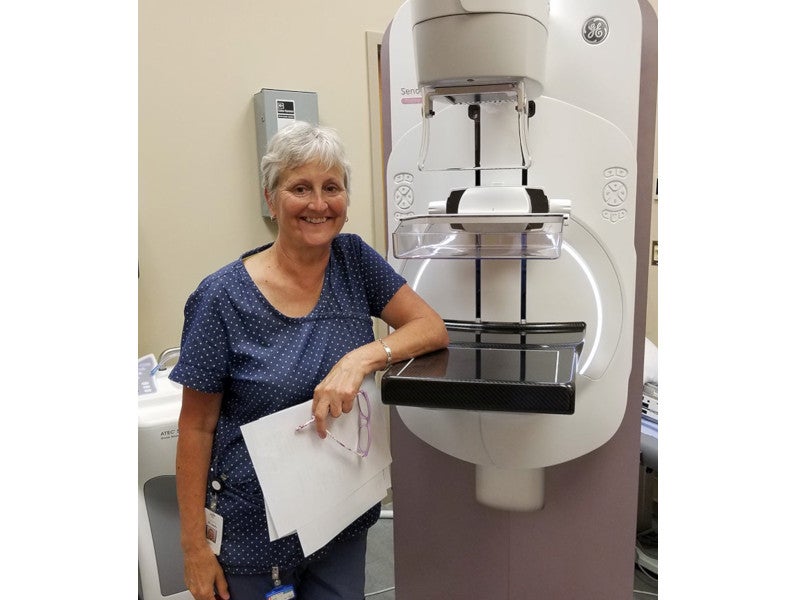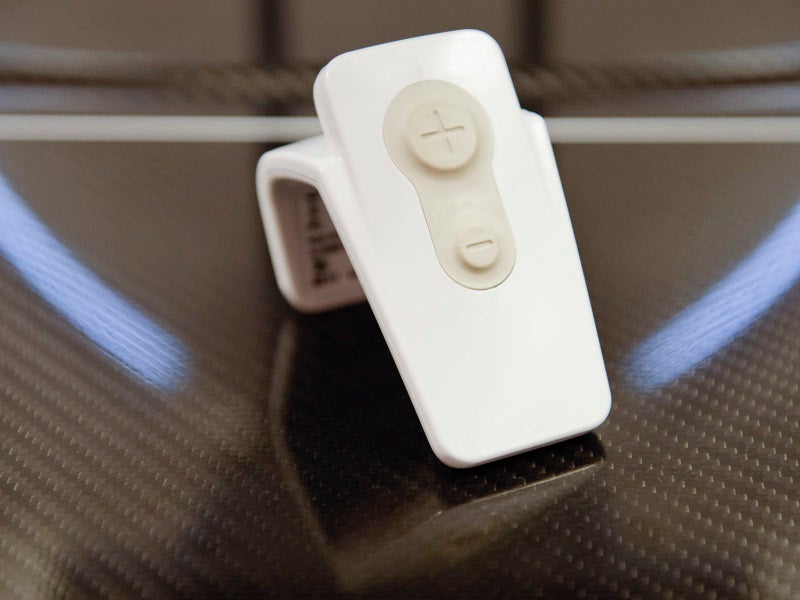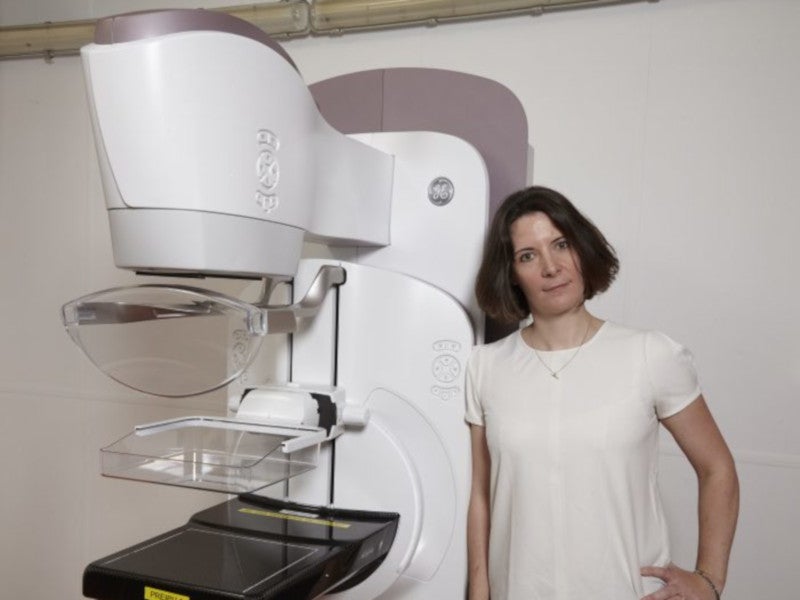Senographe Pristina is a three-dimensional digital breast tomosynthesis (DBT) system developed by GE Healthcare for the diagnosis and screening of breast disorders in women.
The mammography system was first installed at the Christine E Lynn Women’s Health & Wellness Institute at Boca Raton Regional Hospital in the US in March 2017.
The US Food and Drug Administration (FDA) provided 510(k) clearance to the system in September 2017.
Senographe Pristina design and features
The Senographe Pristina system works with a hand-held wireless remote control called Senographe Pristina Dueta, which enables patient-assisted compression during mammography.
The X-ray radiation-based system is designed ergonomically for comfortable patient positioning. It features soft, rounded edges and comfortable armrests to reduce patient discomfort. It also provides more space above the breast support platform and more X-ray tube movability.
Senographe Pristina is equipped with a Caesium iodide (CsI) with amorphous silicon photodiode array type image detector. The new, thinner detector measures 240mm x 286mm and provides an image of 100µm.
The system has an automatic exposure control mode and uses anti-scatter grid in tomosynthesis exposures. It can be easily switched between two-dimensional mammography and DBT modes with a single mouse click.
Additional features include specialised flex paddle tilts for adaptive examination according to a woman’s morphology. An implant paddle is also part of the system and is used for women with breast implants or smaller breasts.
The mammography system can be upgraded to support multiple potential functions in the future, including contrast-enhanced spectral mammography and biopsy in a dynamic environment.
Technology used in Senographe Pristina
Senographe Pristina system uses ASIRDBT, an iterative reconstruction algorithm featuring calcification artifact correction and equipped with the latest 3D digital mammography technology. It enhances the visualisation of breast lesions with lower X-ray doses compared to two-dimensional examinations.
The technology used in the system is a part of GE’s SensorySuite solution, which stimulates a patient’s sight, smell and sound senses to divert their mind from the pain, anxiety and discomfort of a mammogram.
Clinical studies on Senographe Pristina
A study performed on 100 women evaluated the effect of patient-assisted compression on dosage, workflow and image quality during a mammogram. The level of compression with the Pristina Dueta went up to 13DaN in some patients, while other patients compressed up to 17DaN without feeling pain.
High compression levels with the Pristina Dueta improved the image quality in 10% of the examinations, compared to those performed by technologists only. The required radiation dose for obtaining sharp images was also lowered with patient-assisted compression.
Approximately 74% of patients who used the Pristina Dueta system were concluded to be more likely to return for the next mammogram, citing increased sense of control during the examination.
Benefits of Senographe Pristina
The self-compression feature of the system is likely to improve the patient experience. The convenient design of the system eases muscle tension in patients and improves visual details with lower radiation exposure. Further, the ease of patient positioning increases with large upper space below collimator and backspace.
The diagnostic accuracy of the system is superior to the traditional full-field digital mammography (FFDM), providing the lowest radiation exposure to patients compared to other FDA-approved DBT devices available in the market.
The system does not require any calibration after starting and is ready to be used in less time. It is equipped with six-level image contrasting that can be modified in real time.










